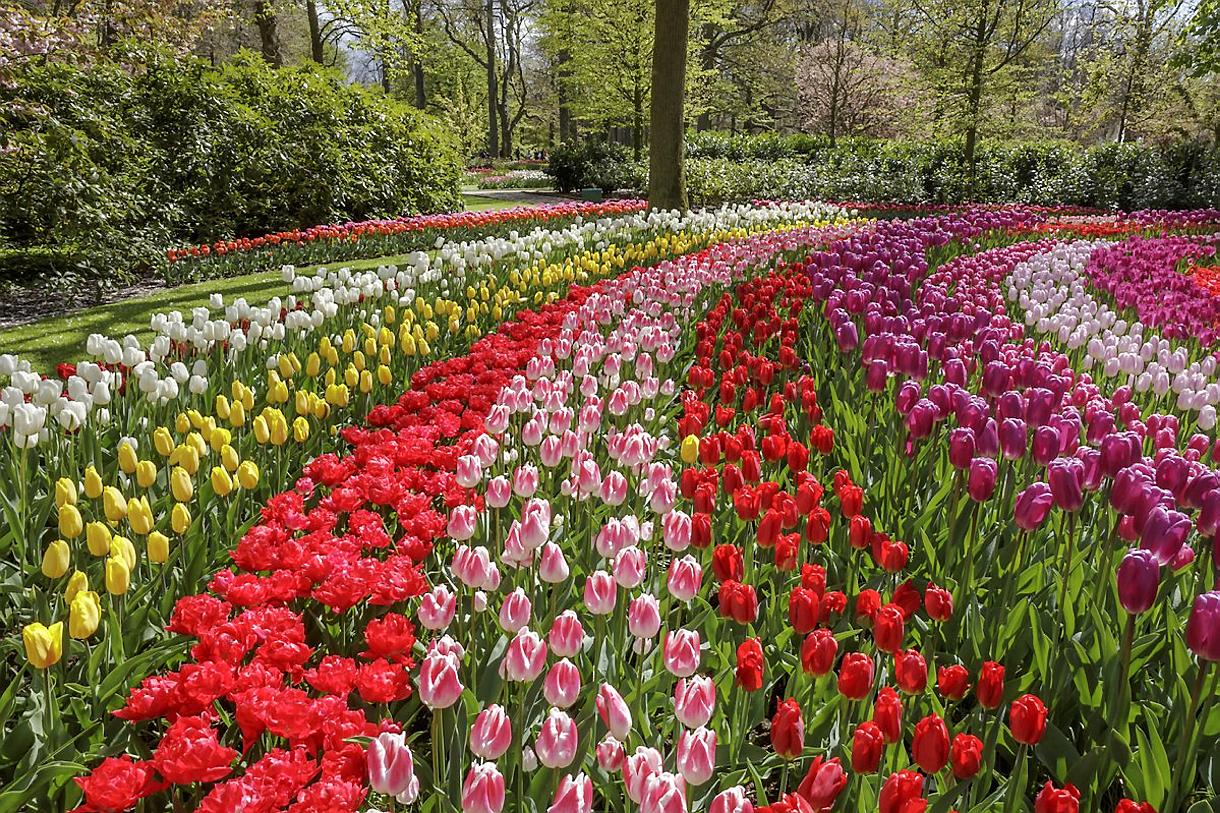Dresser et Jena
A 19th century example of the connection among vitalism, botany and art
DOI :
https://doi.org/10.14232/kulonbseg.2022.22.1.297Mots-clés :
Dresser, Goethe, Jéna, London School of Design, morfológia, iparművészet, botanika, vitalizmusRésumé
My study reveals the background of how Christopher Dresser (1834–1904) – an art writer, designer and applied artist less known in Hungary– attained his doctorate in Jena in the first half of his oeuvre (1859). This doctorate and the linkage between modern design, Dresser and the Jena paradigm has a has a significant role, as it represents both the romantic and nature-philosophical traditions of the early 19th century (including the botanical sense of Goethe’s work) and the preliminary scene of the modern artistic approach formed in the middle of the century from the natural scientific (Darwin) and industrial revolution. In my opinion – as a legacy of Romantic sciences – Dresser and his peers represented the vitalism of their predecessors (in this case a hidden explanatory principle of teleological strengths which often organized the material by a pantheistic way) as well as the most modern functionalism.






